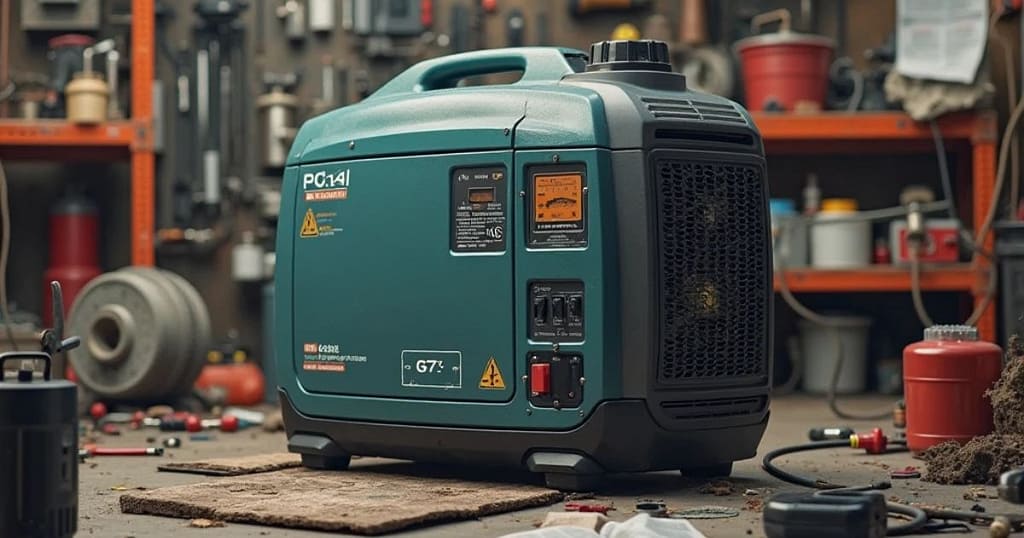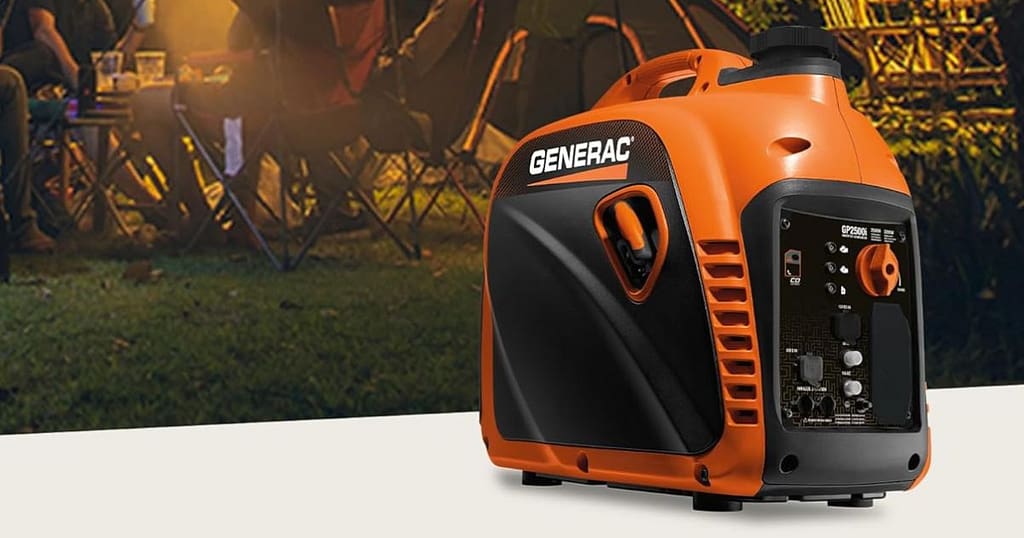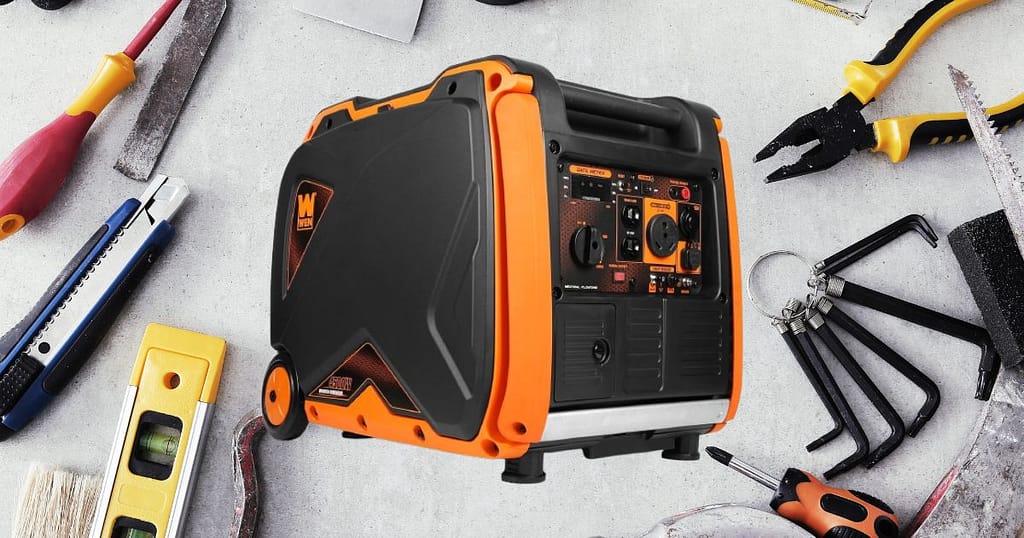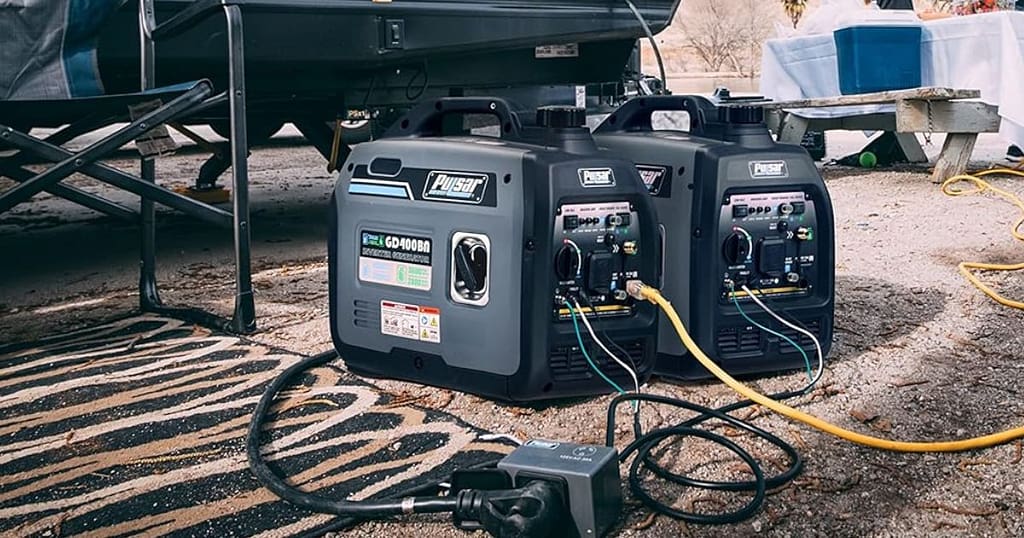Let’s be honest—when you buy an inverter generator, you’re not just buying a piece of equipment. You’re investing in peace of mind. Whether it’s for backup power during outages, running your RV, or keeping things going at a job site or campsite, we all expect our generators to be reliable for the long haul.
But here’s something I’ve learned (sometimes the hard way): even the best inverter generator won’t last forever if it’s not properly taken care of. And while most of us don’t mean to mistreat our gear, it’s surprisingly easy to fall into habits that slowly chip away at its lifespan.
So in this post, I want to talk about five common mistakes people (myself included) often make with their inverter generators. If you want to protect your investment and keep it running strong for years, these are the pitfalls you absolutely want to avoid.
1. Neglecting Regular Maintenance
I’ll start with the big one—routine maintenance. It’s tempting to think of inverter generators as “set it and forget it” tools, especially because they tend to be quieter and more efficient than conventional models. But skipping basic upkeep is one of the fastest ways to kill your generator early.
Over time, oil breaks down, air filters get clogged, and spark plugs wear out. If you ignore these things, your generator won’t run efficiently, and eventually, it may not run at all.
What You Should Be Doing:
- Oil Changes: After the first 20 hours of use (which is the break-in period), change the oil. After that, aim for every 50-100 hours or at least once per season. Please also read Can I Use Any Oil in My Generator?
- Air Filter: Check the air filter every 25 hours of use and clean or replace it if it’s dirty. In dusty conditions, inspect it even more often to keep your generator running smoothly.
- Spark Plug: Inspect every 100 hours and replace it if it’s worn or carbon-coated.
- General Check-up: Tighten bolts, inspect fuel lines, and clean off any dust or debris after extended use.
From experience, I’ve learned that tracking maintenance is crucial. I keep a simple service log taped inside my garage cabinet where I store the generator – this way I always know exactly when it last had an oil change or tune-up.
2. Letting Fuel Sit Too Long
This one’s a real generator killer—and I’ve seen it happen far too often. Leaving fuel in your generator for weeks or months without use is just asking for trouble. Modern gasoline (especially the kind with ethanol) starts breaking down within 30 days, and it can leave behind sticky residue that clogs your carburetor and fuel lines.
Once that gunk sets in, your generator may refuse to start or run rough. Worse, it could mean an expensive trip to the repair shop.
How to Avoid This Mistake:
- Use Fuel Stabilizer: If you plan to store the generator for more than a few weeks, add a stabilizer to your gas. It can extend fuel life to 6–12 months.
- Run It Dry: For longer-term storage, turn off the fuel valve and let the engine run until it stalls. This helps empty the carburetor.
- Drain the Tank: Drain the Tank” means you should remove all the fuel from your generator if you won’t be using it for a long time (like over winter). This helps prevent old fuel from clogging the engine or causing damage.
Bonus tip: I always write the fuel date with a Sharpie on a strip of painter’s tape stuck to the tank. It’s a simple trick, but it saves me from guessing how old the gas is.
3. Overloading the Generator
Generators aren’t magic boxes—they have limits. Every generator has two power ratings: running watts and peak watts (also called starting watts). Running watts is the amount of power it can supply continuously, while peak watts is the extra burst of power it can provide briefly to start up motors or heavy appliances. The running watts are what the generator can handle continuously, while the peak is only for short bursts—like when a fridge or AC kicks on.
Consistently pushing your generator past these limits can overheat the engine, trip circuits, or damage sensitive electronics in both the generator and your appliances.
What You Should Be Doing:
- Know Your Wattage Needs: Add up the wattage of all the devices you plan to run. Make sure it doesn’t exceed your generator’s capacity.
- Stagger Appliance Use: Don’t turn everything on at once. Start with the heaviest loads, then add smaller devices.
- Use Power Management Tools: Devices like transfer switches or load-shedding systems can help balance usage during emergencies.
One thing I always recommend is printing a cheat sheet of your key appliances and their wattage. Keep it near the generator so you don’t have to guess every time you power up.
4. Running It in the Wrong Conditions
This one’s not just bad for your generator—it can be dangerous for you, too.
To run safely and at their best, generators require proper airflow and a flat, steady surface. Running one in a cramped garage or near open windows is a huge safety risk because of carbon monoxide buildup. But beyond that, running your generator in dusty, wet, or poorly ventilated spaces can cause internal damage, corrosion, and overheating.
Best Practices for Operation:
- Always Run Outdoors: Generators should be used in open, dry, and well-ventilated areas. Never indoors or in partially enclosed spaces.
- Avoid Dust and Debris: If you’re working in a sandy or dirty area, try to elevate the generator slightly and clean it afterward.
- Protect It From the Elements: If you need to run it in rain or snow, use a generator tent or weather-resistant canopy designed for airflow and safety.
Personally, I invested in a generator shelter—nothing fancy, but it keeps the unit safe and dry while allowing it to breathe. Well worth the money.
5. Ignoring Early Warning Signs
Here’s a truth I’ve learned over the years: generators rarely just “give out” without warning. They almost always show signs of trouble before things go south. But it’s easy to ignore small issues because the generator still “seems to be working fine.”
Maybe it takes a few extra pulls to start. Or maybe it’s vibrating more than usual, or making a strange noise. These are your generator’s ways of saying “Help me out before it’s too late.”
Pay Attention To:
- Difficulty Starting
- Unusual Noises
- Inconsistent Power Output
- Warning Lights or Error Codes
- Smoke or Strange Smells
When in doubt, shut it down and investigate. Sometimes it’s a simple fix—cleaning a clogged filter or replacing a plug. But ignoring the problem could mean permanent damage.
I always tell people: it’s way easier (and cheaper) to fix a small issue early than to repair or replace the whole unit later on.
Bonus Tips to Extend Generator Life
Since we’re here, let me throw in a few more habits I’ve found helpful over the years:
- Run It Monthly: Even if you don’t need it, fire it up once a month for 10-15 minutes. This keeps fluids circulating and parts from seizing up.
- Use High-Quality Oil and Fuel: It might cost a bit more, but it pays off in the long run with cleaner operation and better engine health.
- Store It Right: Keep your generator in a dry, temperature-stable area when not in use. Cover it, but don’t wrap it so tightly that moisture gets trapped.
Final Thoughts
An inverter generator is one of those tools you don’t think about every day—but when you need it, you really need it. Taking the time to care for it properly means it’ll be there for you when it matters most.
Let’s recap the five big mistakes that can shorten your generator’s lifespan:
- Skipping regular maintenance.
- Letting fuel sit too long.
- Overloading the generator.
- Running it in unsafe or harsh environments.
- Ignoring small issues or warning signs.
Avoid these, and your generator will serve you well for many years. It’s all about building smart habits and giving your machine the respect it deserves.
If you’ve had your own “generator lesson learned” moment, I’d love to hear about it. Or if you’ve got a tip I didn’t mention, drop it in the comments—sharing knowledge helps everyone!
Until next time, stay safe and stay powered.





